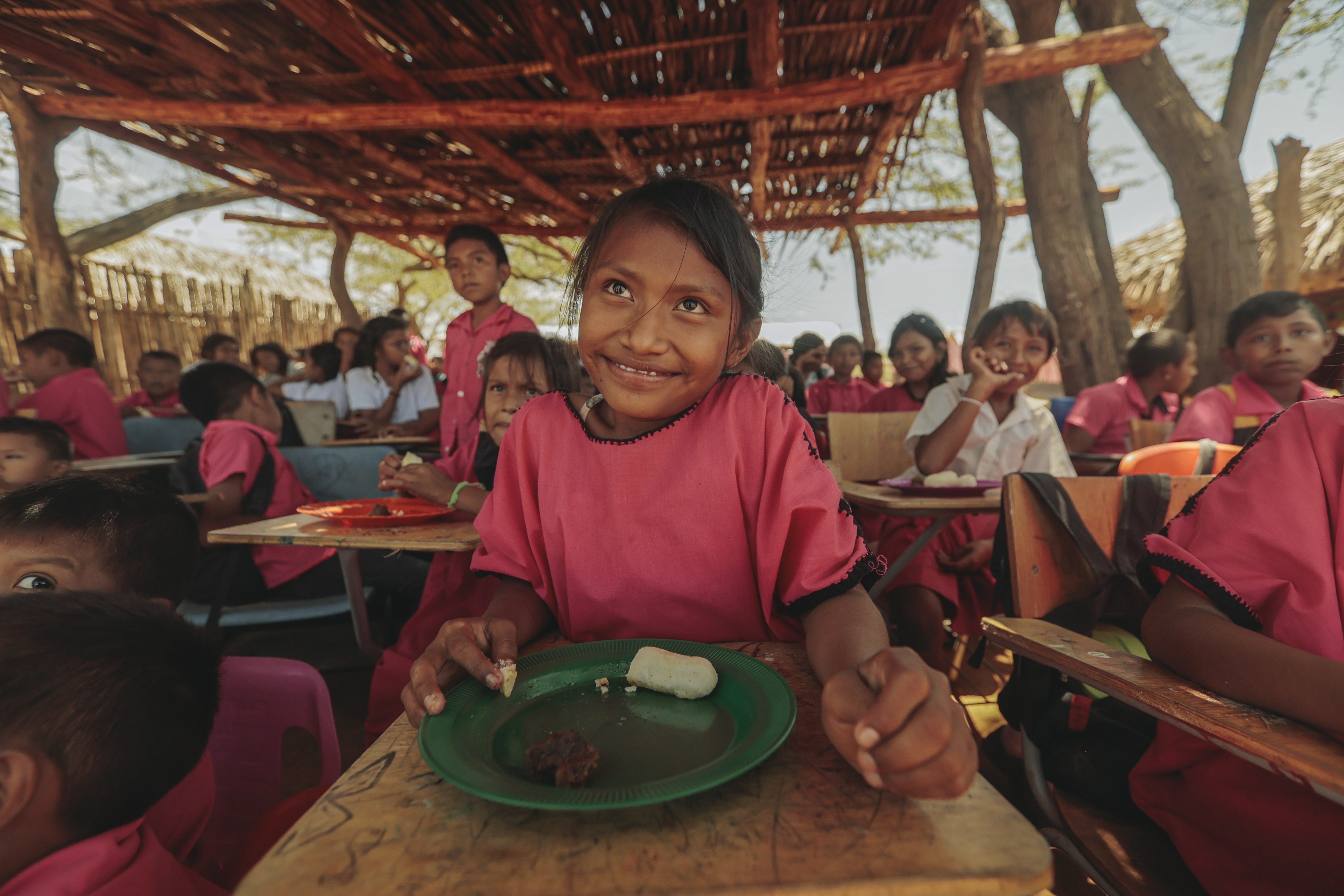Context and Problem
Cambodia faces a severe issue with malnutrition, with nearly one-third of children under 5 suffering from stunting, which negatively affects cognitive and physical development. Moreover, malnutrition costs Cambodia 1.7% of its annual GDP. In addition, many children, especially in rural areas, struggle with regular attention and attaining student learning outcomes due to a lack of nutrition and poverty. High rates of stunting affect nearly 30% of children under 5, limiting their growth and learning capabilities. The World Food Programme (WFP) and the Cambodian Government launched a school feeding program in 1999 to address malnutrition and improve educational outcomes.
Solution
The program has several components. First, provision of nutritious meals. On a daily basis, hot meals for 300,000 children are provided nationwide, including locally grown vegetables, fish, spices, and fortified rice donated by the US Department of Agriculture. Second, developing local food systems. 70% of the food used in school meals is sourced locally, creating income opportunities for farmers and food suppliers. Third, capacity building and government transition. Government funding for the program increased to $5 million in 2023, up from $2.9 million in 2022, showing a commitment to full ownership. Lastly, women empowerment. Local women are trained and employed as cooks, suppliers, and farmers, empowering them to generate income and reduce migration.
Impact
300,000 children have seen an improved nutritional intake, leading to them exhibiting growth and cognitive development. There has been a significant increase in school enrollment, reduced dropout rates, and enhanced focus and participation in classrooms, resulting in improved student learning outcomes. Moreover, 40% of schools are now independently managed by the Cambodian Government, with funding gradually increasing to ensure long-term sustainability.
Note: further studies and analysis will have to be carried out to properly study the programs impact.












